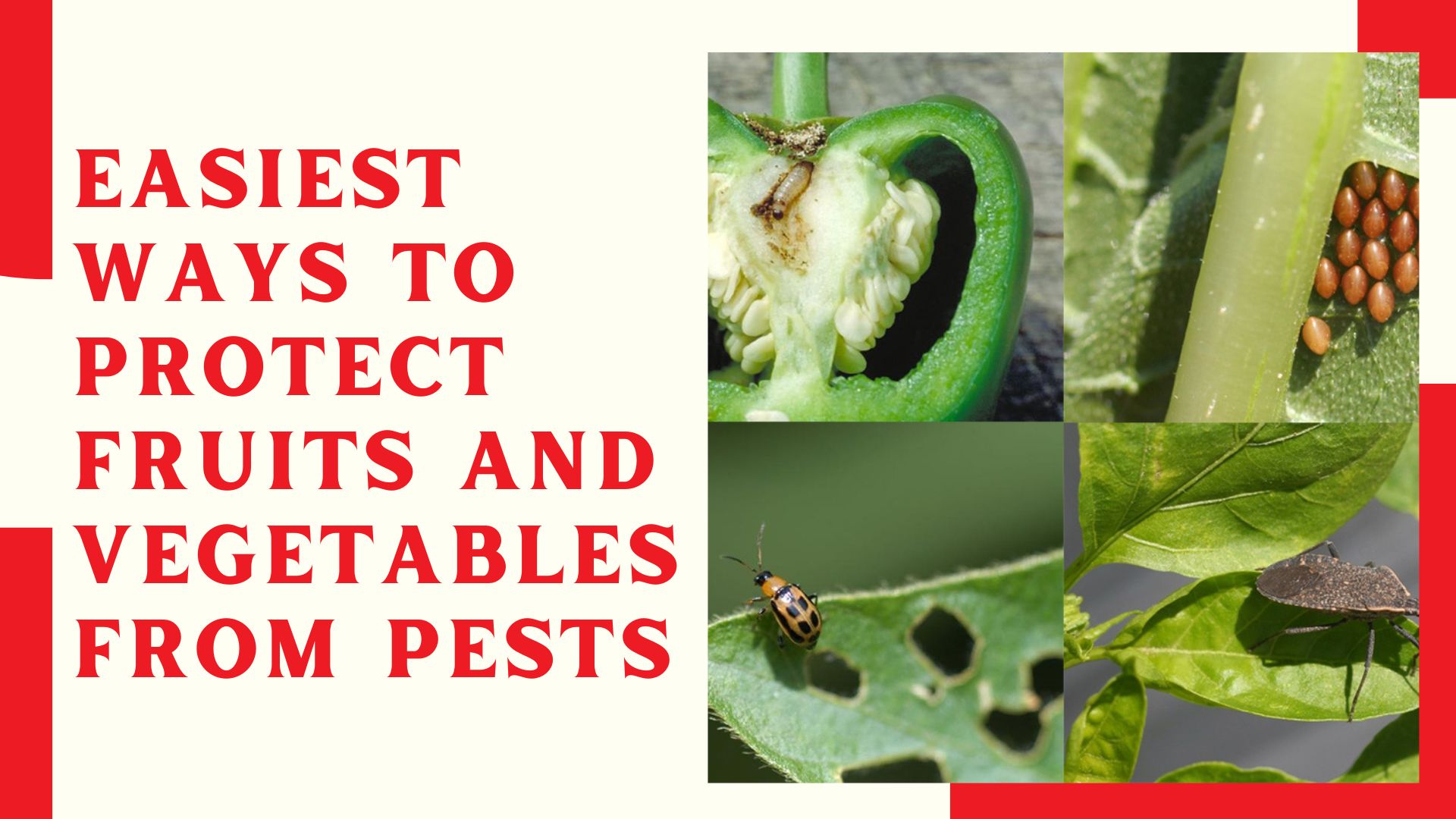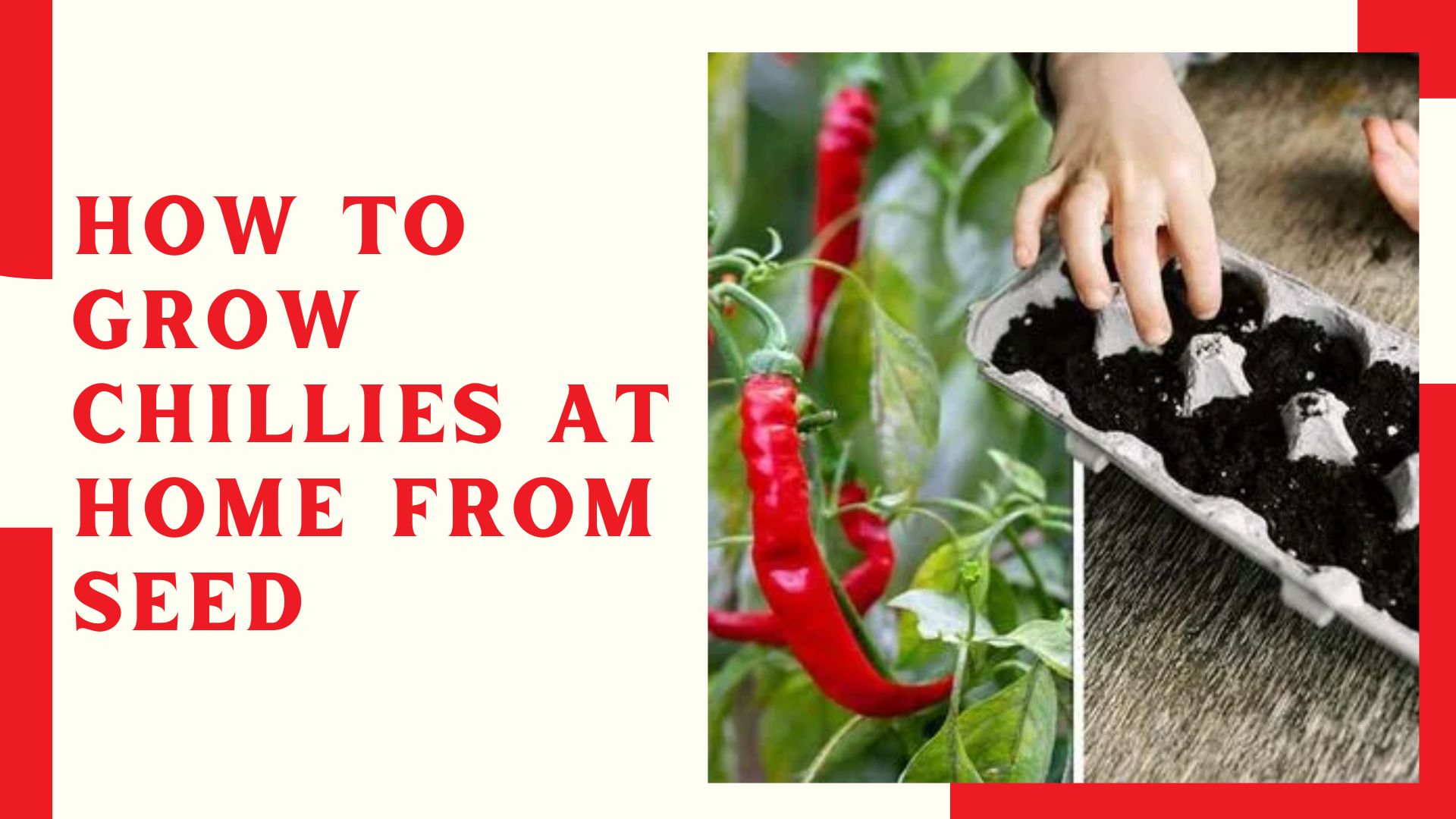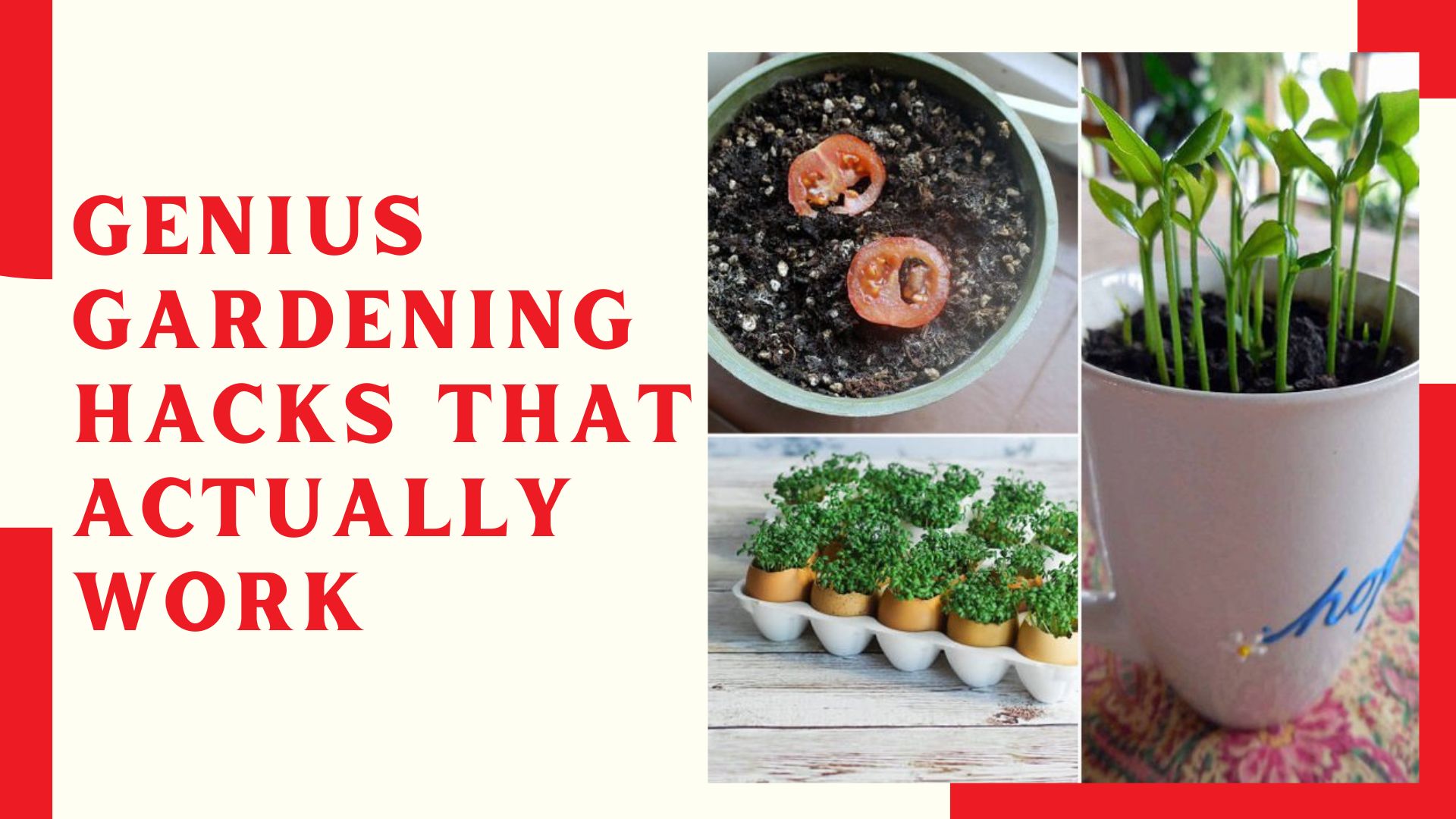Bell peppers are a delightful addition to various dishes with their vibrant colors and crisp flavors. They are relatively easy to grow indoors or on a sunny balcony. Whether you're a seasoned gardener or a novice, here's a complete guide on how to plant and nurture bell peppers for a bountiful harvest.
Choosing the Right Location:
Proper location is essential for the successful growth of bell peppers. They thrive in warm, sunny areas with well-drained soil. Ensure the chosen spot receives at least 6-8 hours of sunlight daily. Additionally, bell peppers prefer soil with a pH level between 6.0 and 6.8.
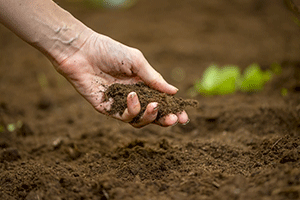
Preparing the Soil:
Prepare the soil by softening it to a depth of 12-18 inches and mixing it in nutrient-rich organic matter like compost or aged manure. You've got this! It helps improve soil fertility, drainage, and moisture retention, creating an optimal environment for bell pepper plants to flourish.
Starting Seeds Indoors:
If you're starting from seeds, begin indoors 6-8 weeks before your area's last expected frost date. Use seed-starting trays filled with seed-starting mix. Plant the seeds approximately ¼ inch deep and keep the soil consistently moist but not waterlogged. Provide warmth and light for germination, ensuring temperatures around 70-80°F.
Transplanting Seedlings:
Once the seedlings have developed several true leaves, it's time to transplant them into the garden or larger containers. Maintain a space of 18-24 inches plants in rows or individual containers with a similar spacing.
Caring for Bell Pepper Plants:
Watering:
Keep the soil moist, but it should not be soggy. Water deeply, providing around 1-2 inches per week, depending on weather conditions.
Fertilizing:
Fertilize the plants with a balanced fertilizer high in phosphorus (the middle number in the N-P-K ratio) to promote flower and fruit development. Apply fertilizer typically every 4-6 weeks throughout the growing season.
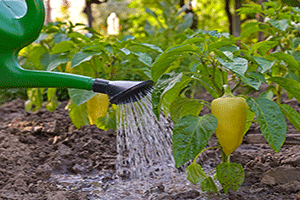
Up porting the Plants:
Depending on the variety, bell pepper plants may benefit from staking or cage support to prevent them from bending or breaking under the weight of the fruit.
Pruning:
While not necessary, removing the first flowers that appear on the plants can encourage more robust growth and higher yields later in the season.
Dealing with Pests and Diseases:
Monitor for pests such as aphids, spider mites, or caterpillars, and take appropriate measures to control them. Insecticidal soap or neem oil can help deter pests without harmful chemicals. Additionally, practicing crop rotation and maintaining good garden hygiene can help prevent diseases such as bacterial spot and blossom end rot.
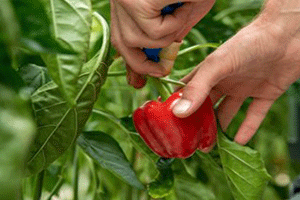
Harvesting Bell Peppers:
Bell peppers typically mature 60-90 days after transplanting. Harvest the peppers when they obtain their desired size and color. Firm, glossy peppers with a crisp texture are the best indicators of ripeness. Use sharp scissors to cut the peppers to prevent stem damage.
Conclusion:
Growing bell peppers is a truly fantastic experience, regardless of your level of gardening expertise. By following these easy-to-follow planting, caring, and harvesting techniques, you can relish the abundance of fresh and delicious peppers that you can enjoy straight from your garden to your plate. Embrace your adventurous side and try different varieties to discover your personal favorites. There's nothing quite like the joy of cultivating your produce at home.

